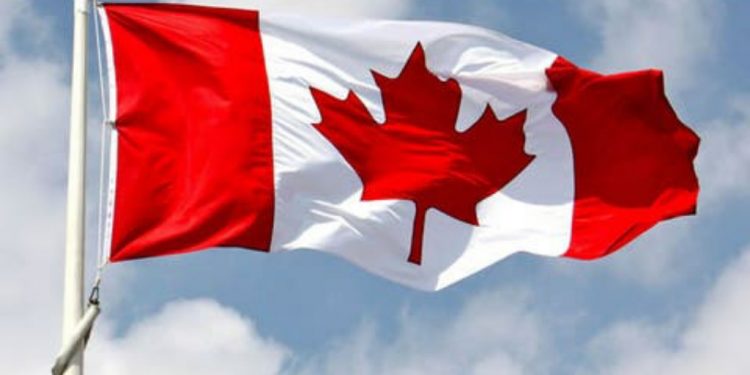Canada is imposing a national cap on the intake of international students into the country, Immigration Minister Marc Miller announced on Monday.
Miller announced a slew of other curbs while speaking at the Liberal cabinet retreat, which he said would reduce the intake by 35 per cent over the next two years. He said the measures were temporary and would stay in place for two years.
“To maintain a sustainable level of temporary residence in Canada, as well as to ensure that there is no further growth in the number of international students in Canada for 2024, we are setting a national application intake cap for two years for 2024,” he said.
Miller said for 2024, the cap is expected to result in approximately 364,000 approved study permits—a decrease of 35 per cent from 2023.
Miller said the cap will not apply to students at graduate levels of study, including master’s and doctoral students. Those seeking study permit applications at the elementary and secondary school levels will also be exempt.
Several federal ministers, including Miller, Housing Minister Sean Fraser, and Public Safety Minister Dominic LeBlanc, indicated last summer that Ottawa was considering a cap on student intake. In October, however, Miller told Global News that imposing a cap on student intake would be an extreme step akin to doing “surgery with a hammer,” though he did not rule out using that measure.
Different Caps For Different Provinces
He added that while the cap is national, it will be applied differently in different provinces. For example, provinces with “the most unsustainable growth” in international student intake will have to cut student intake more than other provinces.
“In the spirit of fairness, we are also allocating the cap space by province based on population,” Miller added, saying that “some provinces will see much more significant reductions.”
Miller said he has already had “productive discussions” with Ontario and British Columbia governments. Immigration, Refugees and Citizenship Canada (IRCC) will allocate a portion of the cap to each province and territory, which will then distribute the allocation of permitted international students among designated learning institutions—a new term effectively meaning a college or university that meets a set of federal criteria, which were brought in to distinguish from colleges Miller has described as “puppy mills” in locations like strip malls.
Starting Monday, prospective students applying for a Canadian study permit must provide an attestation letter from the relevant province or territory. The federal government will require each of Canada’s provinces and territories to establish a process for issuing attestation letters.
Miller told reporters on Monday that they would consider each province and territory’s specific labour needs.
“You will hear quite clearly from some provinces that there are some trade schools they will want to exempt or give post-grad joint work permits to because that is where some of the needs are, whether in nursing, health care, or construction. But what I say to them is, “We’ll work with them to get this done.”
What Happens to Work Permits?
The government on Monday also announced broad changes to the Post-Graduation Work Permit Program, which allows international students to work in Canada upon completing their degree.
“As of Sept. 1, postgraduate work permits will no longer be available to public-private institution models,” Miller said.
He added that “in the coming weeks, we will be announcing that open work permits will only be allowed and be available to spouses of international students enrolled in master’s and doctoral programs, as well as professional programs such as medicine and law.”
“Spouses of international students enrolled in other levels of study, including undergraduate and college programs, will no longer be eligible,” he said.
Cap Follows Curbs
The cap on student intake follows a slew of curbs announced by the federal government last month, which roughly doubled the amount of money international students need to prove they have to get a study permit.
Currently, an applicant to Canada needs to show at least $10,000 in their bank account to prove that they can afford the cost of living in Canada. In 2024, this amount will be raised to $20,635, which is in addition to the tuition that international students pay.
International students already in Canada and applicants who have already applied for a study permit as of December 7, 2023, will be able to work off campus for more than 20 hours per week until April 2024.
In November, a report by RBC economist Cynthia Leach said that while the labour market will not feel the pinch in the short term, the current rate of immigration to Canada is not sufficient for long-term growth.
“Canada needs immigrants over the long term. Even the annual immigrant intake of 1.3% of the population is not sufficient to stabilize the age structure of the population, which would require about 2.1%,” the report read.
Housing Minister Sean Fraser, who earlier held the immigration portfolio, said the federal government had been discussing options, including a cap, near the end of his tenure as immigration minister.
“It was our preference to see if we could work with the players who could address these challenges within their jurisdiction at the time,” he said.
However, he said levels of student intake have seen “growth beyond what certain communities could handle. And that’s what justified the decision to use this particular suite of measures (including a cap) that Mr. Miller announced today.”










